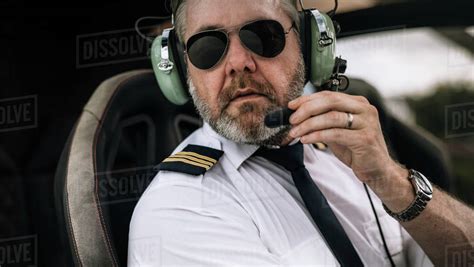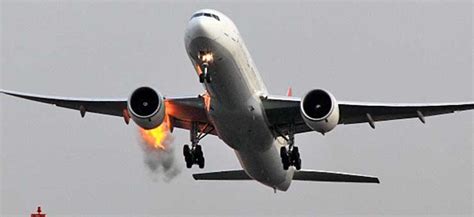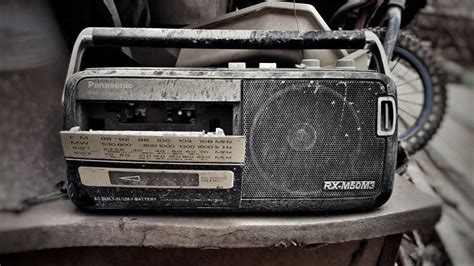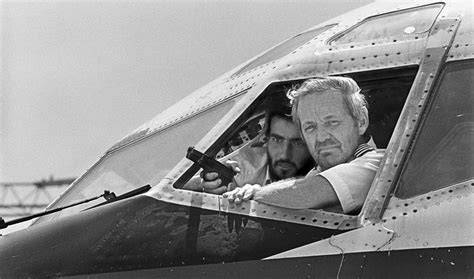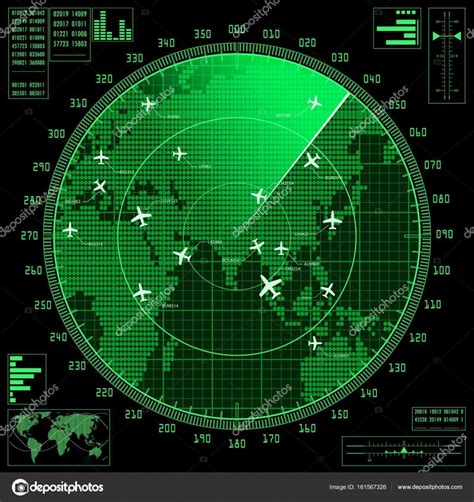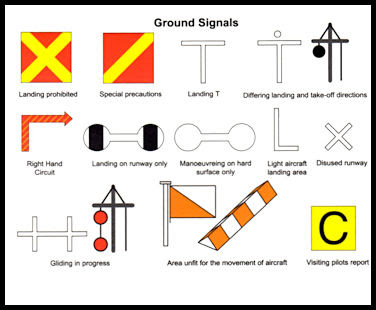
1. Contact
- Transmitting precise instructions by any means available
- If such precise instructions cannot be transmitted,
- they should be given by carrying out the following procedure
2. Circle
- Circle the surface craft at least once.
3. Cross
- Cross the projected course of the surface craft
- close ahead at low altitude:
- rocking the aircraft or
- opening and closing the throttle or
- changing the propeller pitch.
4. Direction
- Head in the direction in which the surface craft is to be directed and
- Repeat these procedures until the
- surface craft acknowledges.

